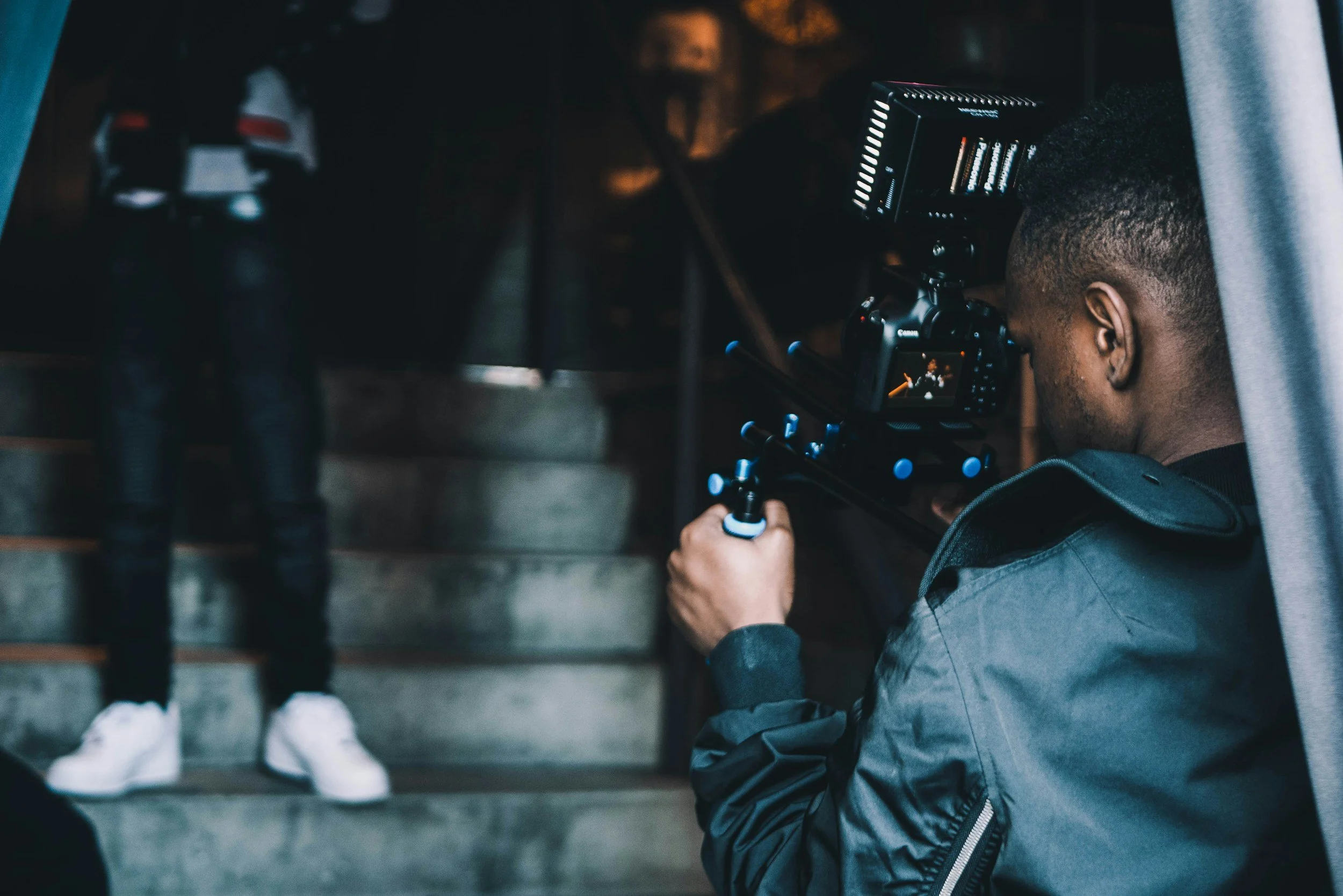Gazing Into the Crystal Screen: How Films Predict the Future
Written by: The Buddi Team
When we think of the future, we often imagine flying cars, robots with human-like intelligence, and maybe even a world where we communicate telepathically. Films have long been fascinated by the concept of the future, using it as a canvas to explore possibilities, shape our expectations, and sometimes, even predict what’s to come. From the fantastical to the surprisingly accurate, let’s take a journey through how films have portrayed the future and highlight some notable instances where their predictions hit remarkably close to home.
The Nostalgia of “Back to the Future”
Few films capture the imaginative spirit of predicting the future quite like Robert Zemeckis’s “Back to the Future Part II” (1989). Marty McFly’s trip to the year 2015 was packed with futuristic gadgets and gizmos that captured the public’s imagination. From self-tying shoes to hoverboards and flying cars, the film presented a vision of 2015 that was both whimsical and ambitious.
While we haven’t quite reached the world of flying cars, some predictions were surprisingly on point. For instance, the film’s depiction of video calling became a reality with the advent of platforms like Skype and Zoom. The concept of flat-screen TVs and advanced personal gadgets also made their way into our lives, echoing the film’s foresight. The hoverboard, while still a dream, inspired real-world attempts at creating hoverboard-like devices. It’s a testament to how cinema can inspire technological advancements and influence our collective vision of the future.
“2001: A Space Odyssey” and Space Exploration
Stanley Kubrick’s “2001: A Space Odyssey” (1968) is another film that ventured boldly into the future, portraying a vision of space exploration and technology that was both groundbreaking and eerily prescient. The film’s depiction of space travel, artificial intelligence, and advanced computer systems was ahead of its time, presenting a world where space missions were routine and technology was deeply integrated into daily life.
One of the film’s most iconic elements is HAL 9000, the artificial intelligence that controls the spaceship Discovery One. HAL’s advanced conversational abilities and problem-solving skills mirror real-world developments in AI and machine learning. While we haven’t reached HAL’s level of sophistication, the film’s exploration of AI ethics and human-computer interaction remains highly relevant. Additionally, the film’s portrayal of space stations and lunar travel paved the way for future discussions about space exploration and international cooperation in space.
“Minority Report” and the World of Pre-Crime
Steven Spielberg’s “Minority Report” (2002) offered a chilling look into a future where crimes are predicted before they happen. Based on a story by Philip K. Dick, the film explores a society where a specialized police unit, known as Pre-Crime, uses psychic abilities to prevent crimes before they occur.
“Minority Report” made several accurate predictions about the future of technology. The film’s depiction of gesture-based interfaces, where characters navigate computer screens with hand movements, became a reality with the development of touchless control systems and virtual reality technology. The film also anticipated personalized advertisements and facial recognition technology, which have become prevalent in our current tech landscape. The concept of preemptive crime prevention, though still more science fiction than reality, raises important questions about privacy, free will, and the ethics of predictive technology.
“Blade Runner” and the Vision of 2049
Ridley Scott’s “Blade Runner” (1982) and its sequel, “Blade Runner 2049” (2017), present a dystopian vision of the future that has become iconic in its portrayal of a high-tech yet grim world. Set in a future Los Angeles, the film explores themes of artificial intelligence, environmental degradation, and corporate dominance.
The depiction of advanced AI and humanoid robots, known as replicants, in “Blade Runner” reflects ongoing discussions about the future of robotics and artificial intelligence. While we don’t yet have replicants with human-like consciousness, the film’s exploration of what it means to be human in the age of advanced technology resonates with contemporary debates about AI ethics and human rights. The film’s depiction of a polluted and overpopulated city also serves as a cautionary tale about environmental and urban challenges.
“The Jetsons” and the Family Future
While “The Jetsons” (1962) is a classic animated sitcom rather than a traditional film, its portrayal of a futuristic family offers an optimistic and humorous look at what life might be like in the future. Set in the year 2062, the show depicts a world filled with flying cars, robot maids, and high-tech gadgets.
Although some of the more whimsical aspects of “The Jetsons” remain unrealized, the show’s vision of a technologically advanced society has influenced our expectations of future innovations. For instance, the idea of video calls, smart home devices, and automated household chores reflects elements that have become part of our everyday lives. “The Jetsons” captures the playful imagination of what the future might hold, blending technological optimism with family-friendly humor.
“The Terminator” and the Rise of AI
James Cameron’s “The Terminator” (1984) introduced audiences to a future where artificial intelligence, known as Skynet, becomes self-aware and launches a war against humanity. The film’s portrayal of a dystopian future dominated by machines highlights the potential dangers of unchecked AI development.
While we haven’t experienced a Skynet-like apocalypse, the film’s warnings about the risks of advanced AI and autonomous systems are increasingly relevant. The rise of machine learning, robotics, and automation has sparked debates about the ethical implications and potential consequences of AI. “The Terminator” serves as a stark reminder of the need for responsible development and oversight in the field of artificial intelligence.
The Power of Film Predictions
The accuracy of film predictions varies widely, but the ability of movies to inspire and provoke thought about the future is undeniable. Films like “Back to the Future,” “Minority Report,” and “Blade Runner” offer imaginative visions that capture our hopes, fears, and curiosities about what lies ahead. They serve as both reflections of our current technological aspirations and as cautionary tales about potential pitfalls.
In many cases, films have not only predicted future technologies but have also influenced real-world innovations. From the inspiration for tech gadgets to the ethical discussions surrounding AI, cinema plays a unique role in shaping and anticipating the future.
In Conclusion: The Future Through Film
The portrayal of the future in films is a fascinating blend of imagination, prediction, and reflection. While not every cinematic vision of the future comes to pass, the creativity and insight behind these depictions provide valuable perspectives on our technological aspirations and societal concerns. As we continue to advance into the future, we can look back at these films with both nostalgia and insight, appreciating how they’ve shaped and mirrored our journey into what’s next. Whether they’re depicting a utopian paradise or a dystopian nightmare, films offer a unique lens through which we can explore the boundless possibilities of the future.
Check out Buddisystems
Sign up for Buddisystems today and unlock a world of creative possibilities!



